Just as we have hardworking hunters in the animal kingdom, we also have animals that work smart—choosing to cooperate with others to survive and thrive in their respective ecosystems. Following this, here are 18 animal partnerships that are sure to fascinate you.
Wolves and Ravens
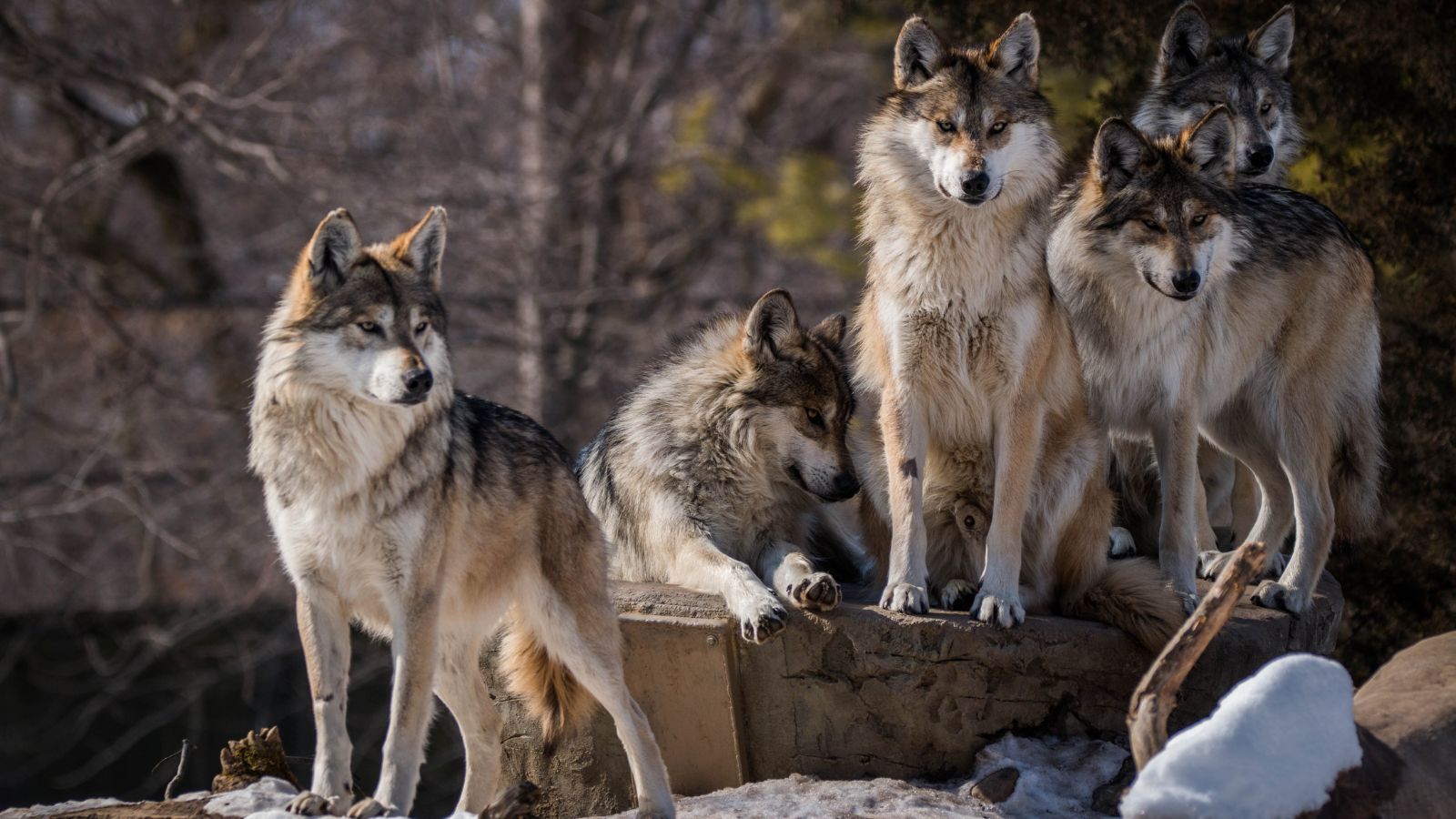
Wolves and ravens share a lovely relationship for both hunting and feeding. And the University of Richmond says wolves interact with ravens more than any other animal outside of their species. The partnership involves ravens leading wolves to potential kills, often alerting them to injured animals, and in return, they get to eat the leftovers from the kills.
Clownfish and Sea Anemones
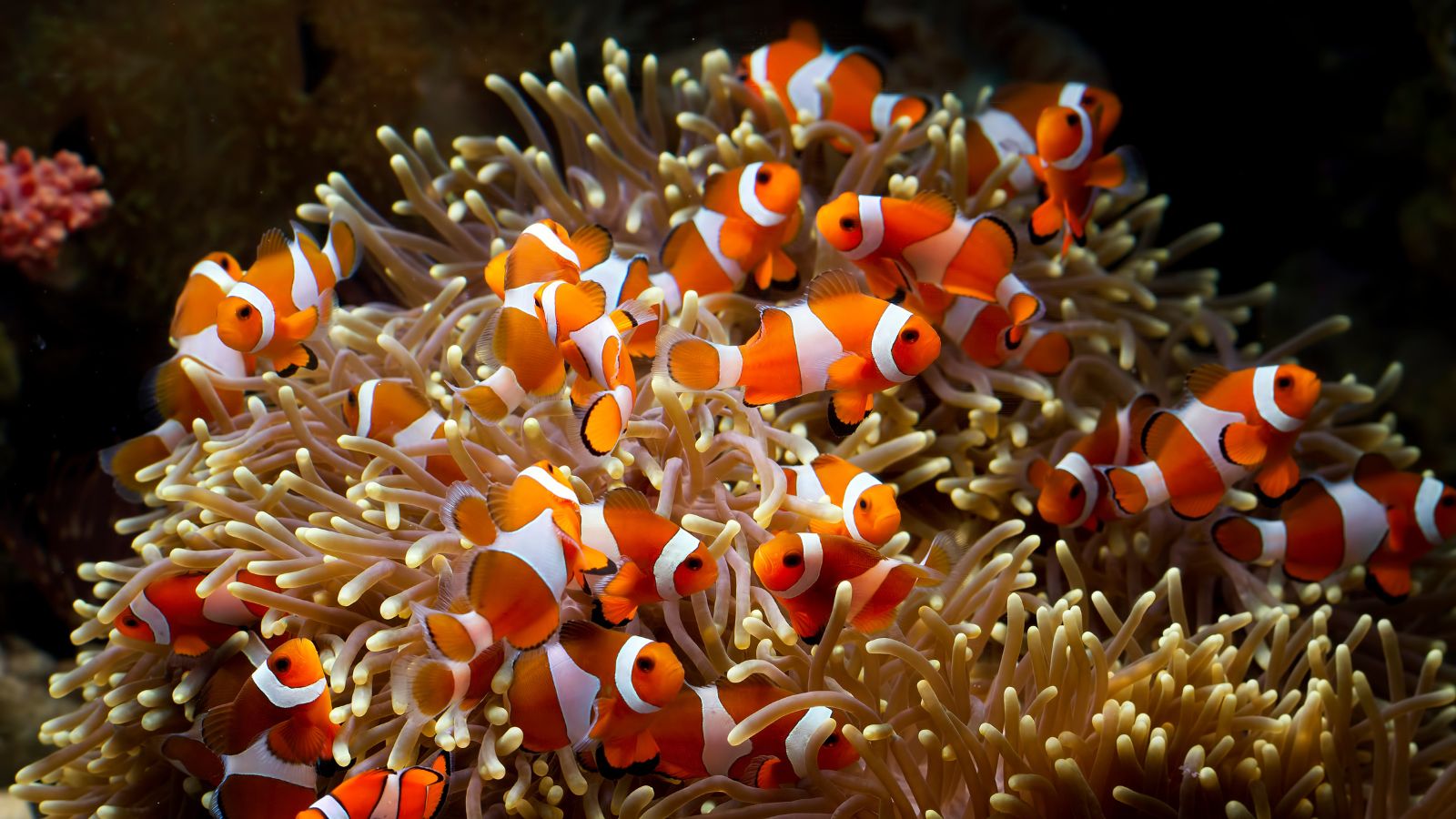
BMC describes the interaction between clownfish and sea anemones as a mutualistic partnership. Here, the anemones protect clownfish against predators with their stinging tentacles, and clownfish return the favor by providing them with ammonia, sulfur, and phosphorus-rich algae through their excretion.
Honeyguides and Humans
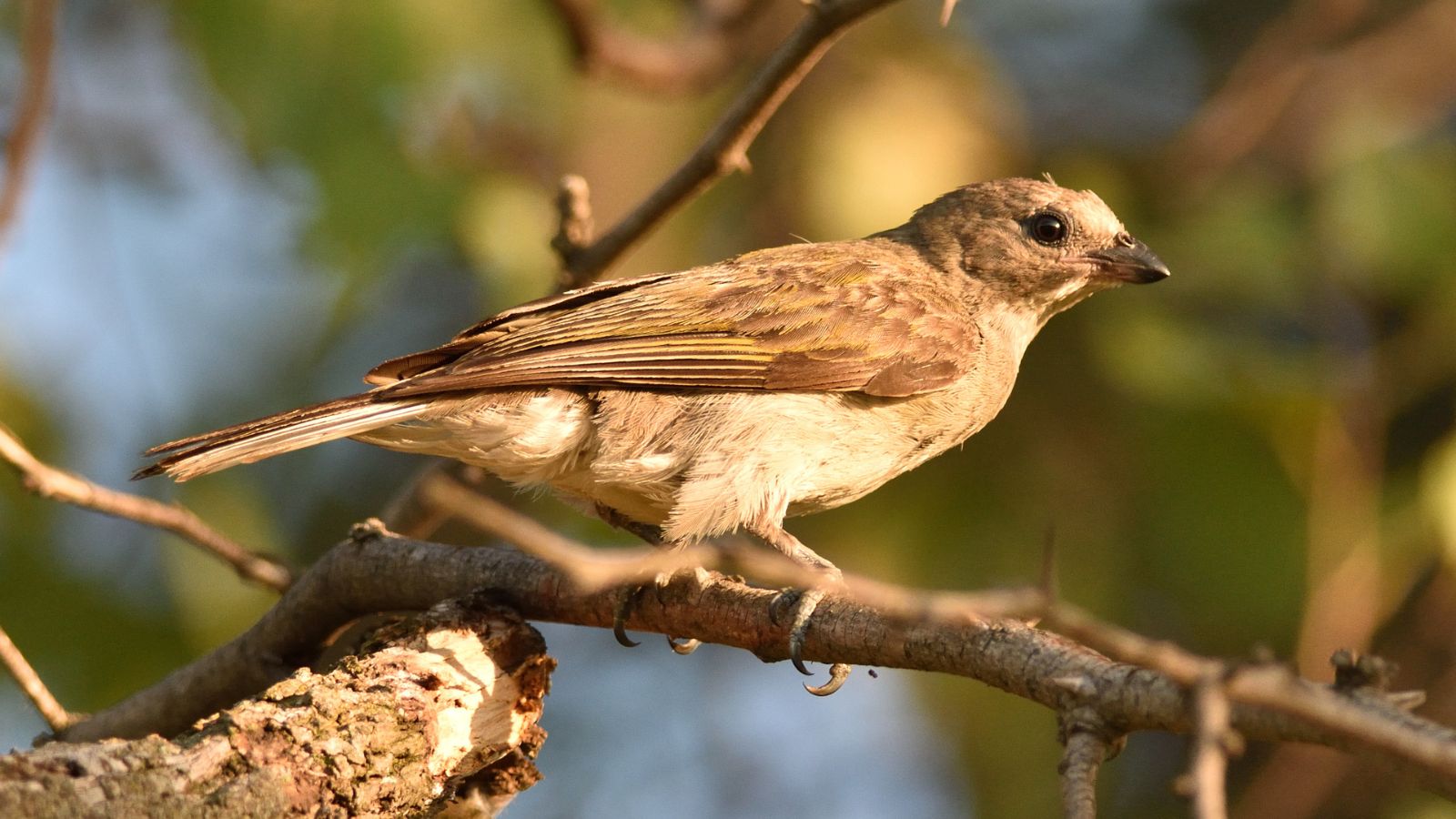
Of course, humans also make the list. Honeyguides, like their name suggests, are known to lead humans to bee hives, where we harvest honey. And after we open up the hive and take out what we need, these birds get to feed on beeswax and larvae leftovers. This is a unique relationship that has evolved through natural selection over the centuries.
Cleaner Fish and Hosts
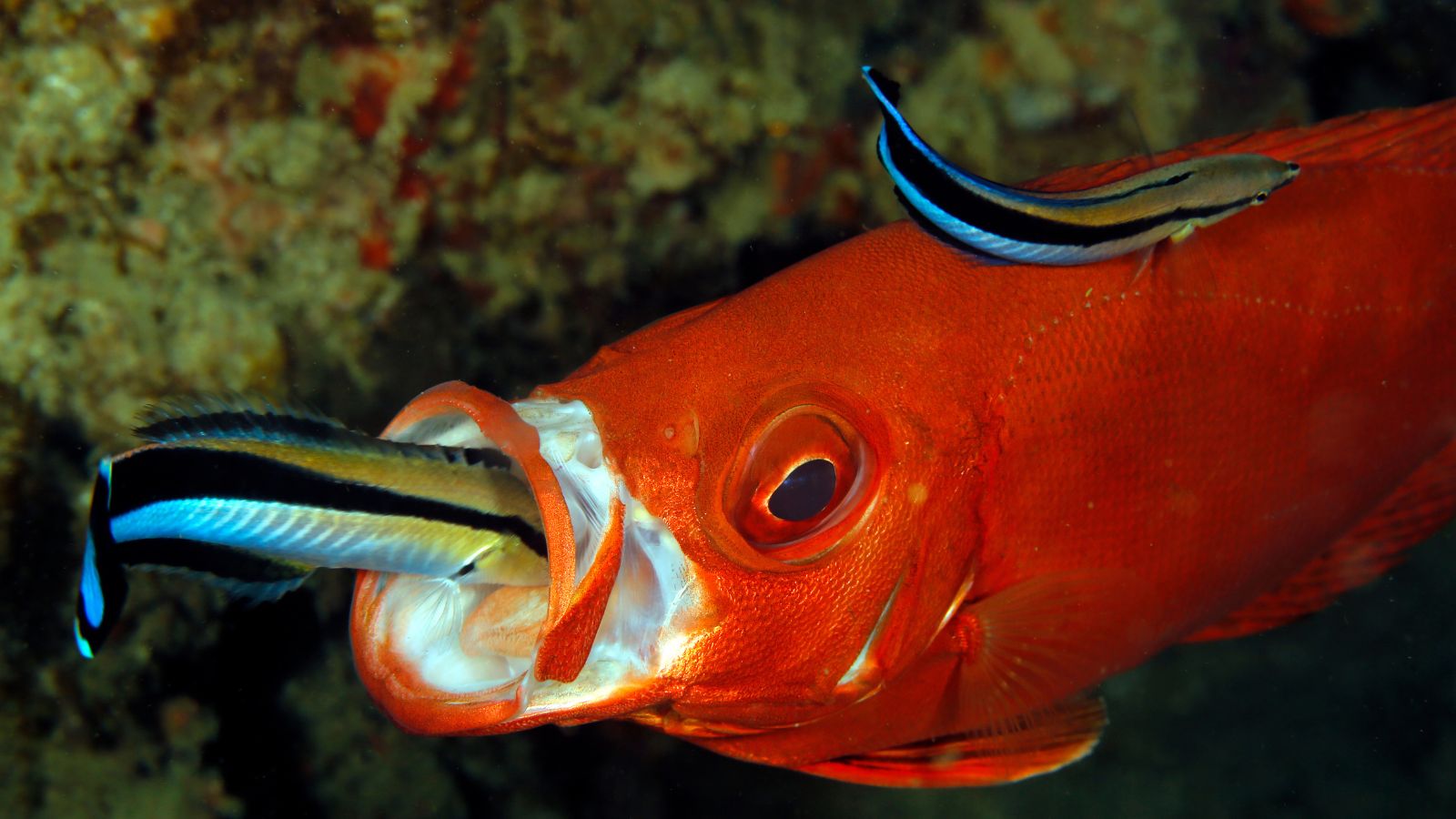
Cleaner fish, such as wrasses, play a vital role in marine ecosystems by establishing cleaning stations where larger fish come to have parasites and dead skin removed. Interaction benefits the cleaner fish with a steady food supply and the host fish (Etroplus suratensis) by maintaining their health and reducing disease.
Oxpeckers and Large Mammals
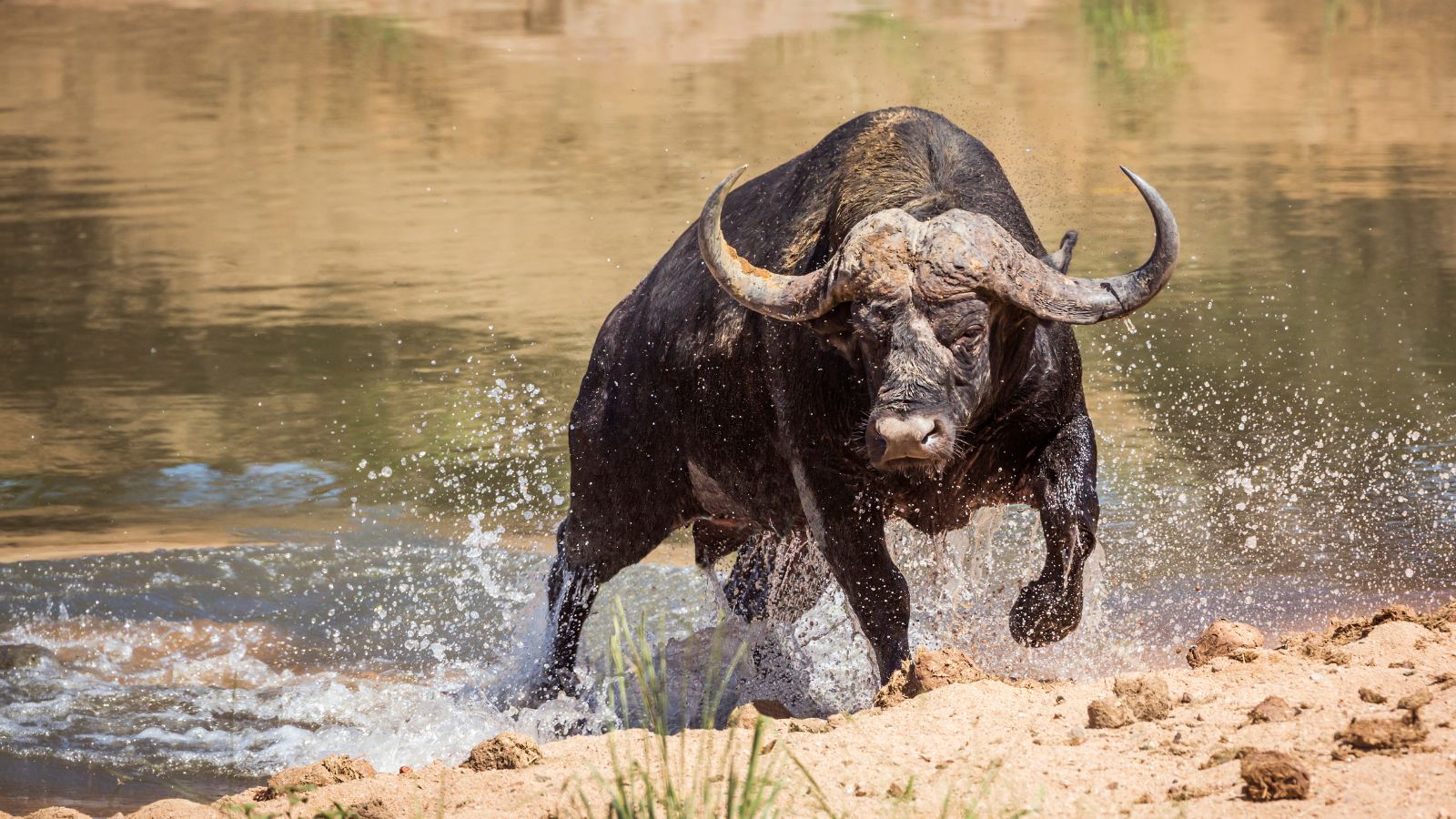
Oxpeckers are small birds that perch on large mammals like buffalo and giraffes, and they specifically feed on ticks and other parasites found on the mammals’ skin. The relationship helps the large animals stay free of pests while providing the oxpeckers with a reliable food source, enhancing the well-being of both species.
Ants and Aphids

Ants and aphids share a mutually beneficial relationship where ants protect aphids from predators and harsh weather. In return, aphids produce a sugary substance called honeydew, which ants consume. While the partnership ensures the prosperity of both species, it can lead to uncontrolled aphid populations in gardens and farms.
Gobies and Shrimp
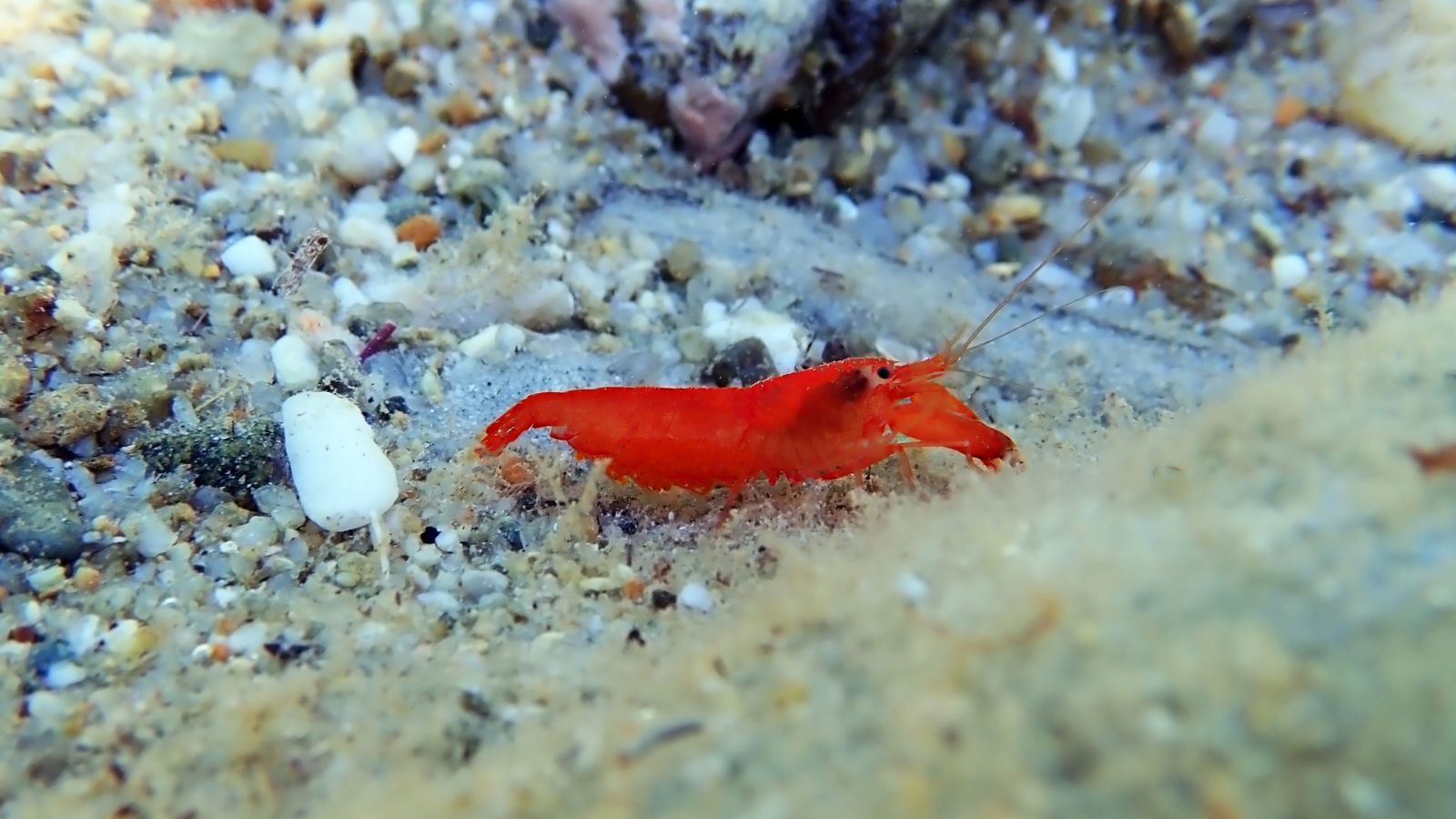
Reed College also shares that gobies and shrimp form a fascinating symbiotic partnership in their burrows. A shrimp digs and maintains the burrow, while the goby acts as a lookout for predators. Cooperation between both animals ensures they’re jointly guaranteed safety and shelter—avoiding common enemies and thriving in their shared habitat.
Moray Eels and Grouper Fish
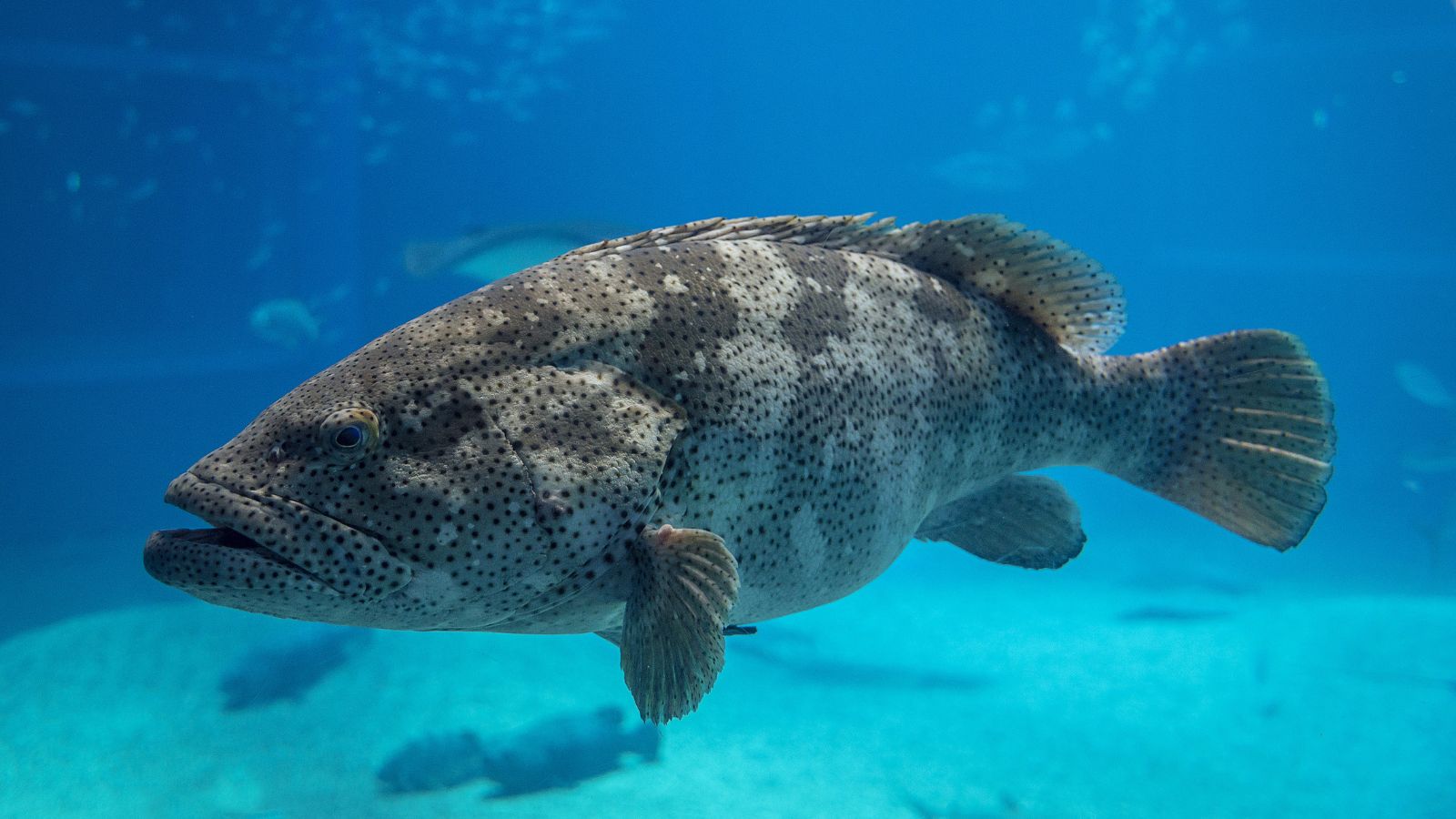
Moray eels and grouper fish sometimes hunt together, combining their strengths to catch prey. The eel can enter narrow crevices to flush out hidden fish, while the grouper uses its speed to chase down escaping prey. Their partnership increases hunting success and helps maintain the balance of their marine environment.
Coyotes and Badgers
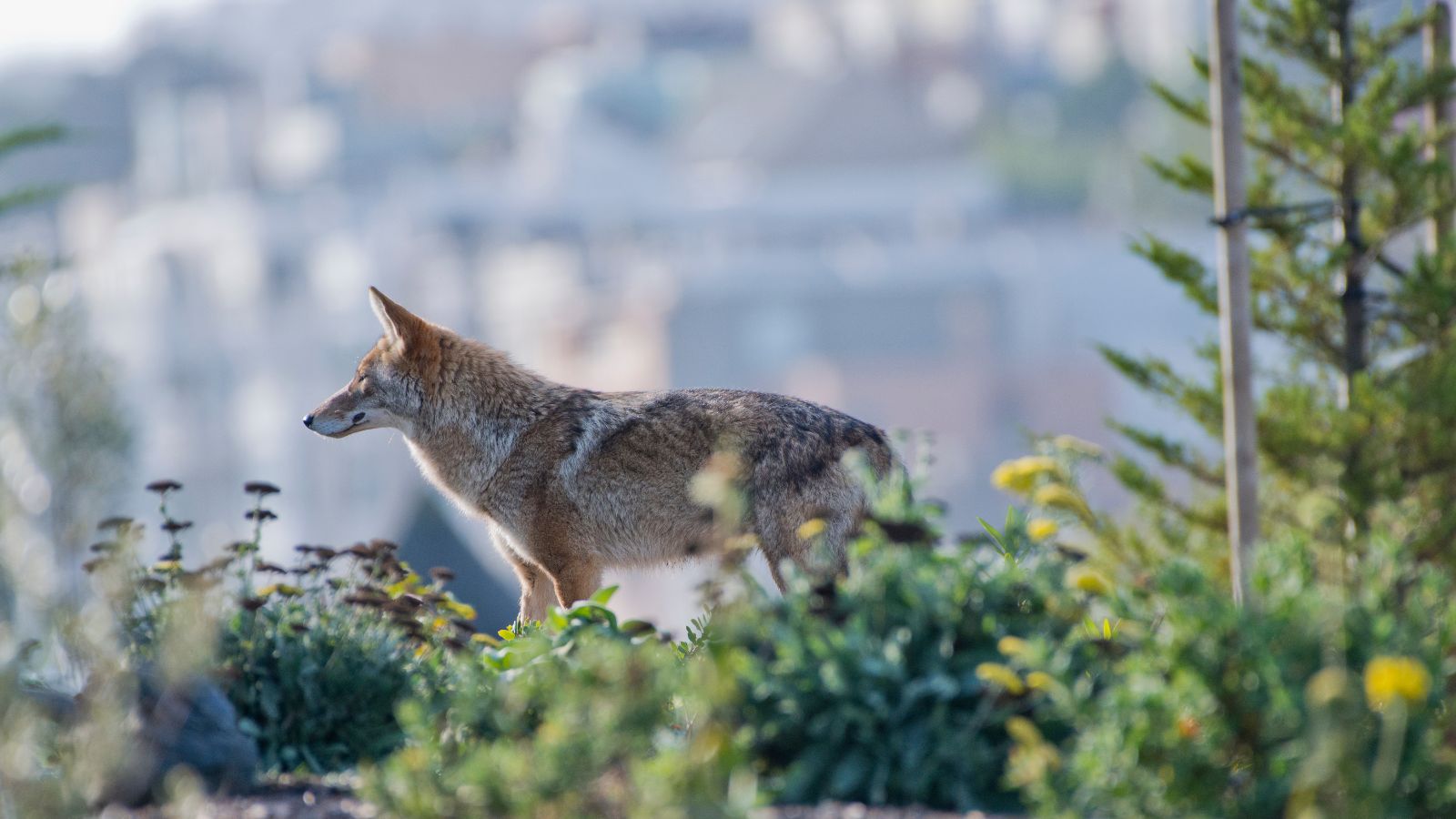
It’s also been observed that coyotes and badgers hunt together in some regions too. The coyote chases prey above ground, while the badger digs out animals hiding in burrows. Cooperative hunting increases their chances of capturing food, and it also benefits both predators by providing them with a varied diet and reducing competition.
Termites and Ants
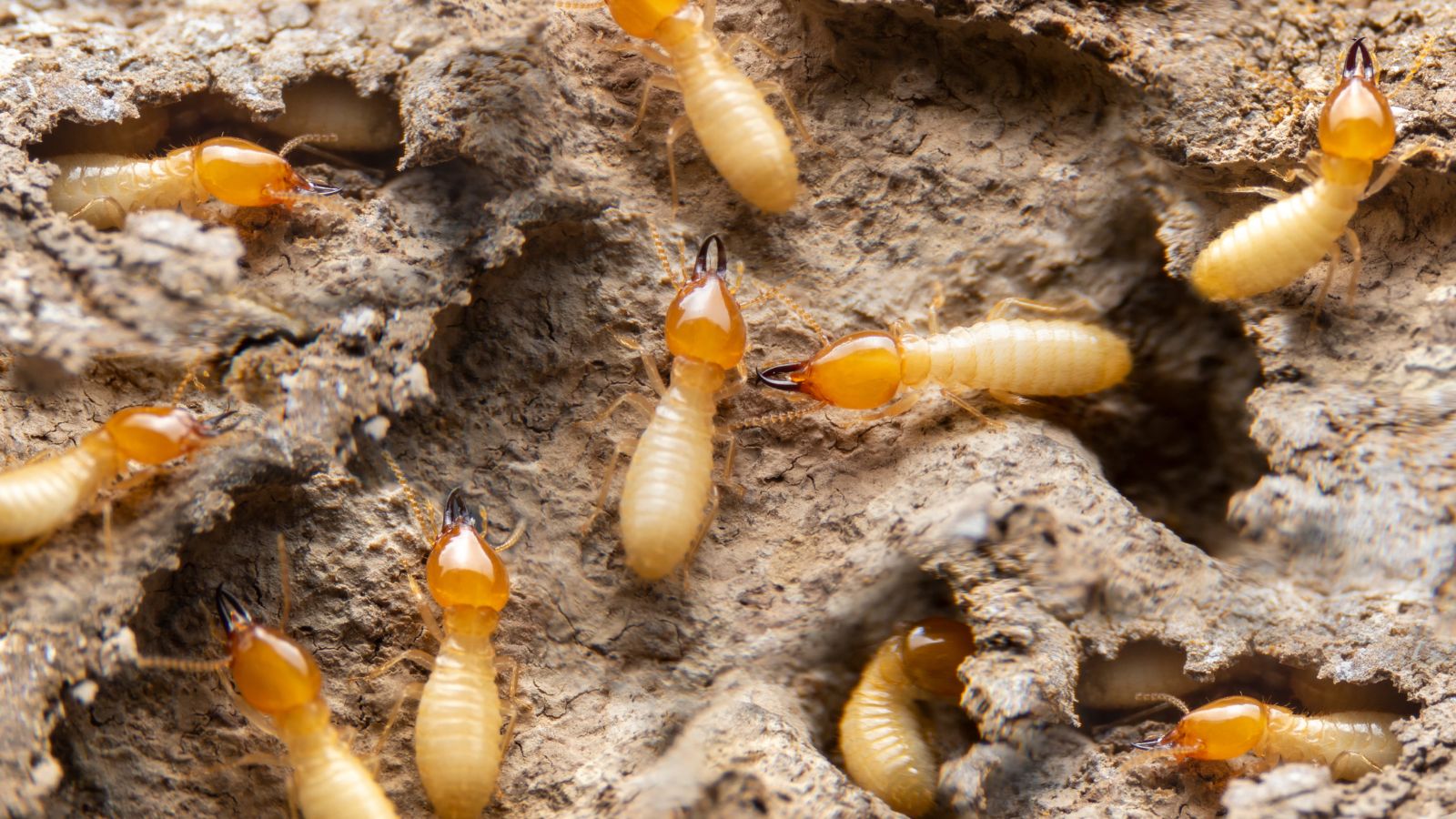
Certain termite and ant species form alliances specifically to defend against common enemies. Both insects work together to protect their colonies from invaders, and by combining their defensive tactics, they enhance their survival and protect their homes. They also share resources and territory more efficiently by doing this.
Humpback Whales and Dolphins
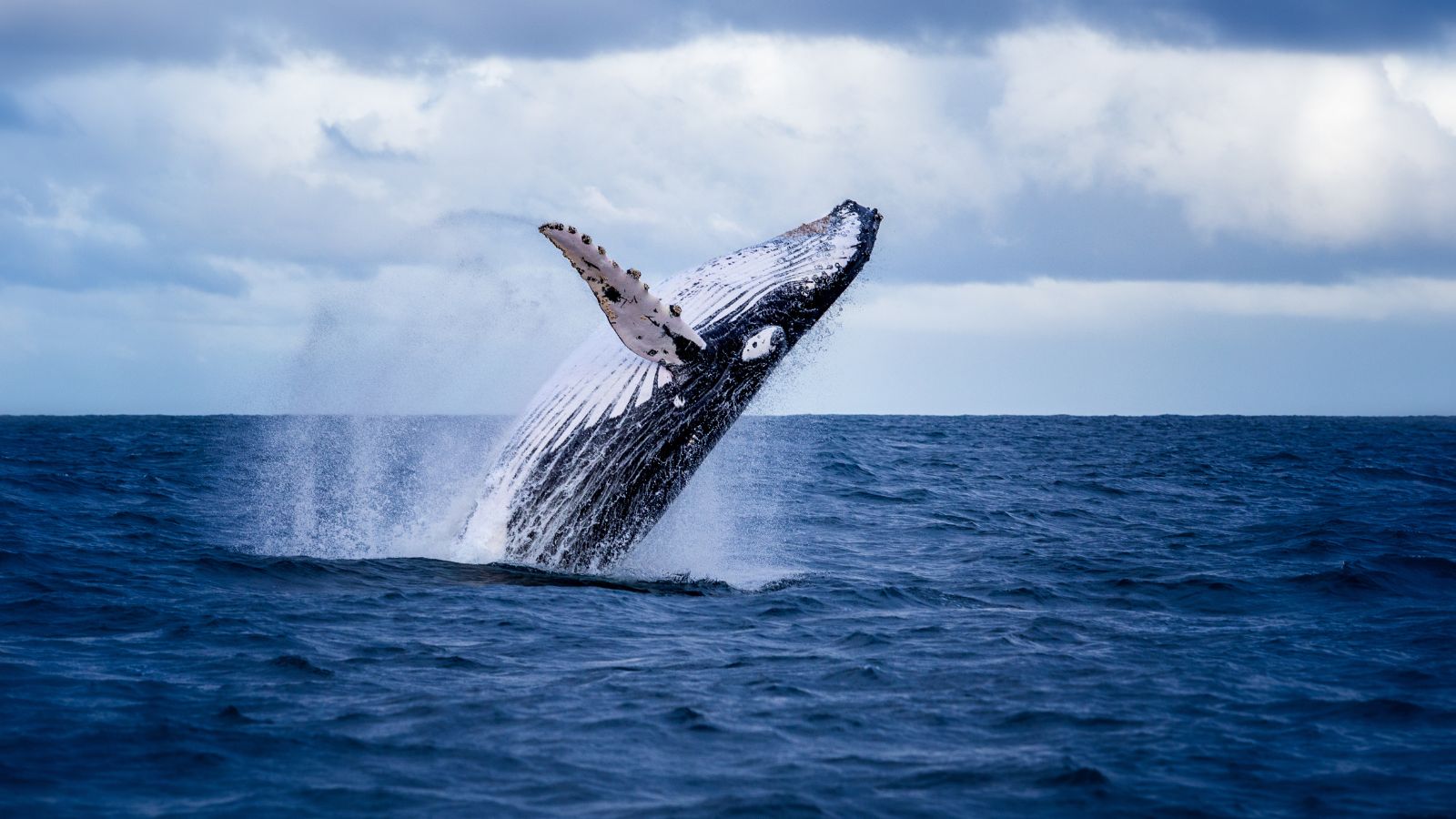
Apart from instances where both species play with each other, we also see humpback whales work well with dolphins for feeding and protection. This symbiotic relationship involves dolphins leading the whales to food, while the large size of the whale deters predators from attacking them. Sometimes, dolphins also surf on the waves created by whales for easy transportation.
Antbirds and Army Ants
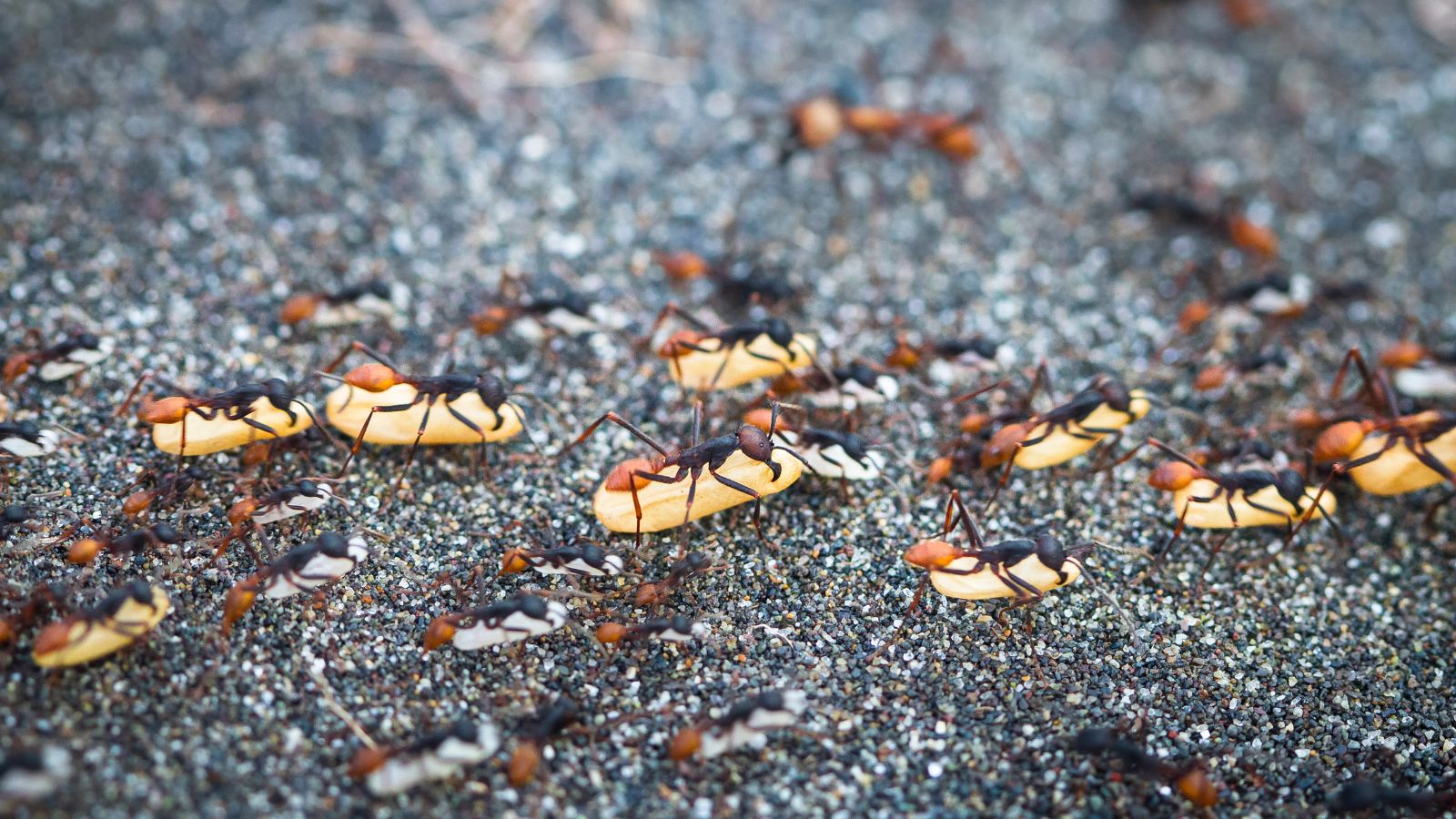
Described as commensal, the NSF shares how antbirds and army ants have a unique relationship where the birds follow the ant swarms to catch prey that escapes the ants.
The ants flush out insects and small animals, which the antbirds quickly snatch up. And this interaction benefits both the birds and the ants by increasing both’s hunting efficiency.
Shrike Birds and Cattle
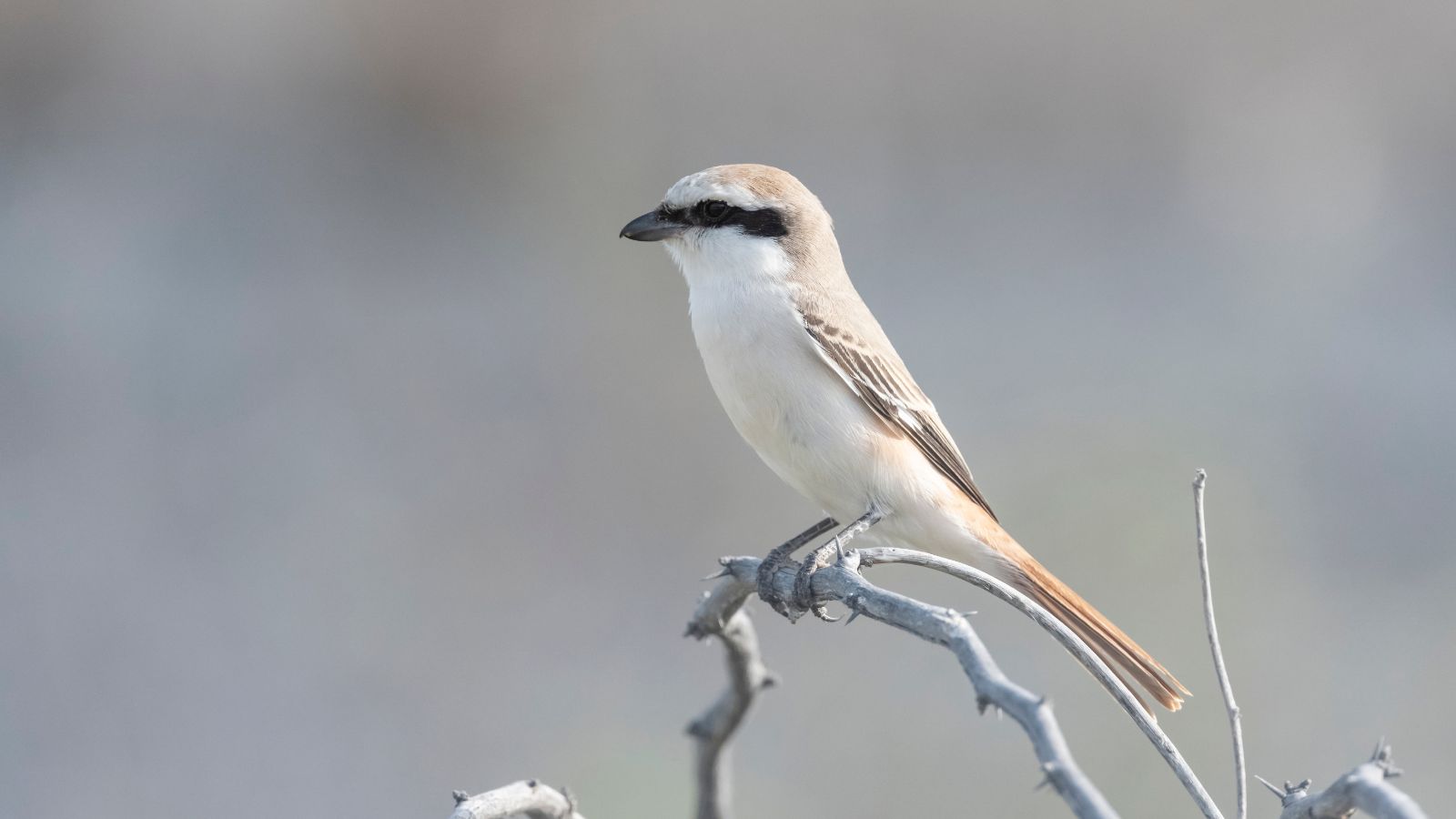
Shrike birds and cattle share a symbiotic relationship in open fields, and here, we have birds perching on cattle and feeding on insects that the cattle stir up while grazing. The interaction helps the birds find food easily, while the cattle benefit from pest control provided by the shrikes, improving their health.
Egyptian Plovers and Crocodiles
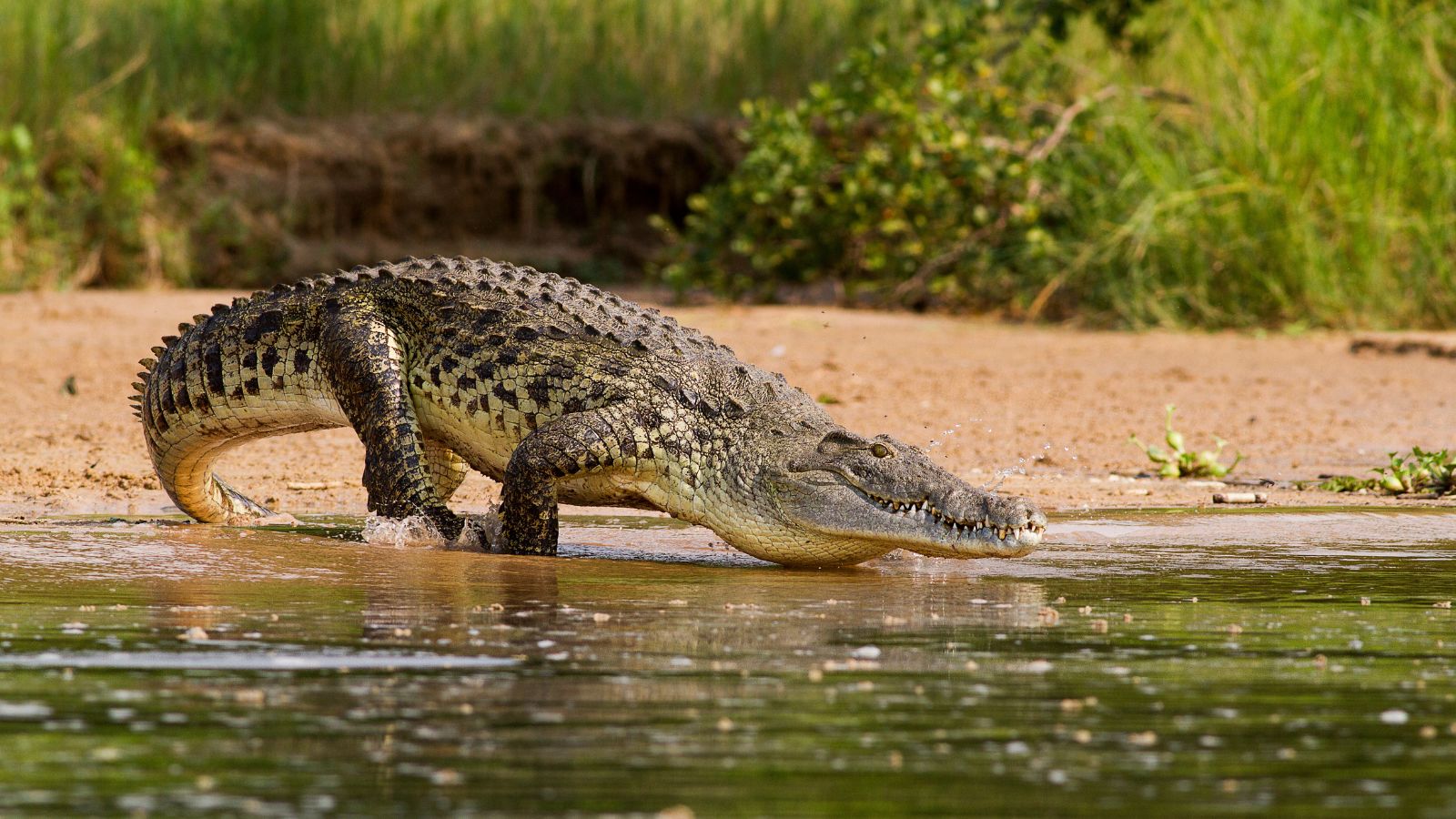
Egyptian plovers are known for their unusual partnership with crocodiles, and this time, we move to the dentistry department. These birds pick bits of food and parasites from the crocodiles’ teeth, acting as natural cleaners.
Crocodiles remain still and allow the plovers to work, benefiting from cleaner mouths, providing food for the birds, and improving their dental health.
Squirrel Monkeys and Capuchins

Squirrel monkeys and capuchins sometimes forage together in the wild. The capuchins use their strength to access food sources, while the smaller squirrel monkeys benefit from their vigilance against predators.
Cooperative foraging helps both species find food more effectively and stay safe, improving their chances of survival.
Ostriches and Zebras
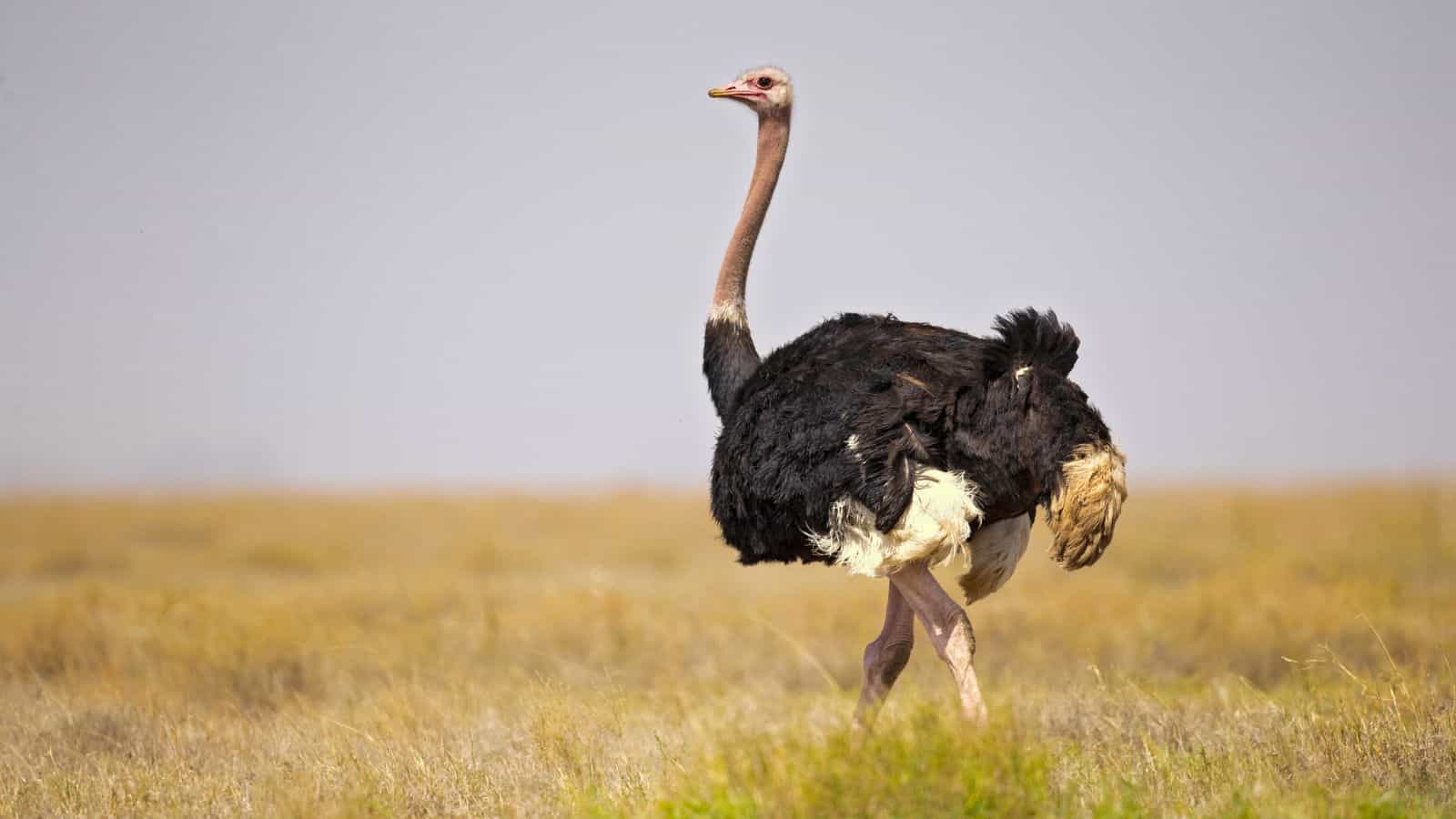
With ostriches and zebras, it’s all about staying safe from common threats that could harm them. Often spotted together on the plains of Africa, the BBC describes how both use their heightened senses to alert one another to predators nearby—ostriches use their excellent noses, while zebras make use of their amazing eyesights, complimenting each other.
Herons and Bison
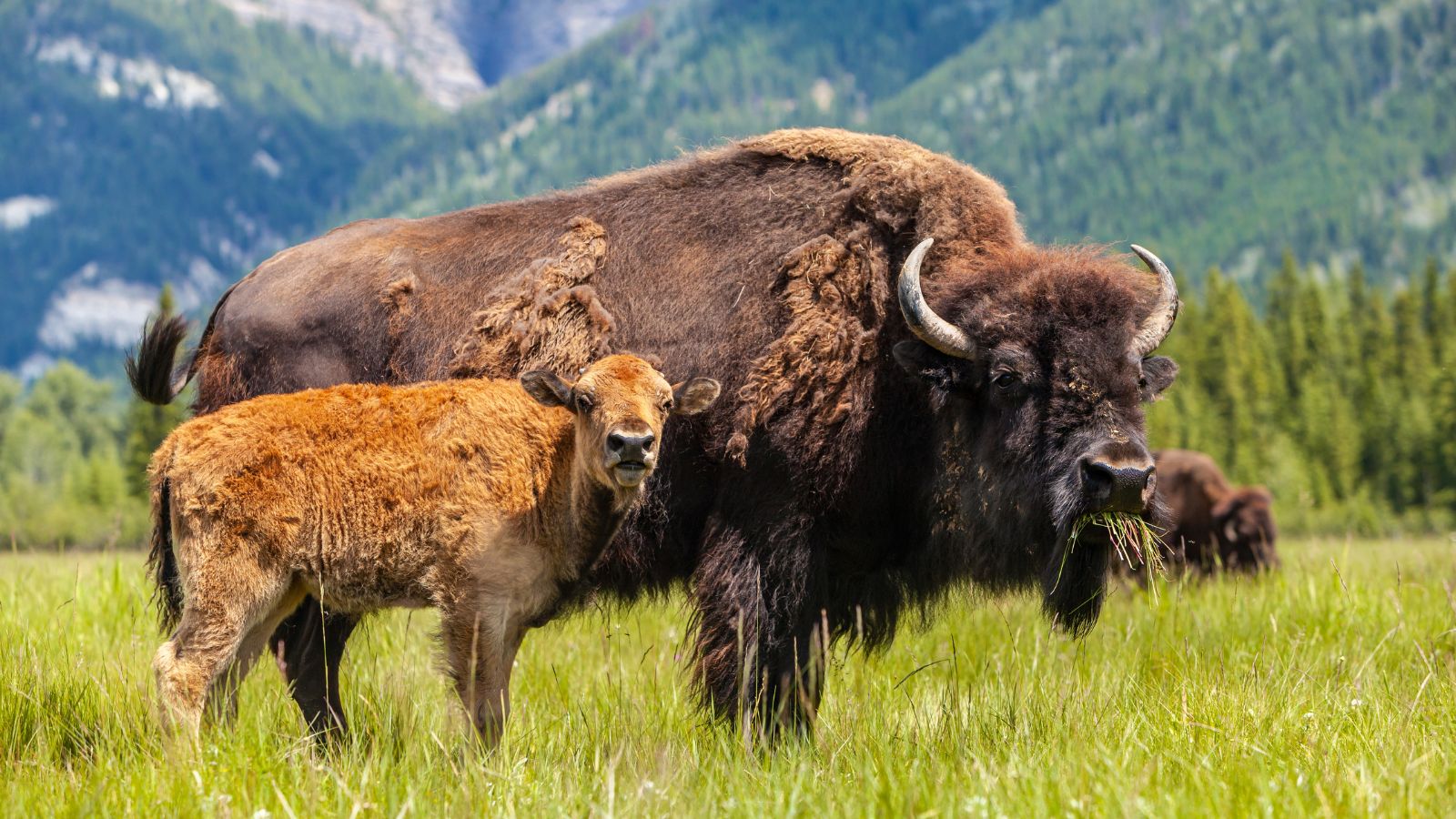
Now, when it comes to herons and bison, we see a partnership formed in grassy plains where birds follow the bison, feeding on insects and small animals that the bison disturb while grazing.
The relationship benefits the herons with a steady food supply, while the bison gain some relief from insect pests, contributing to their overall health.
Pea Crabs and Mussels
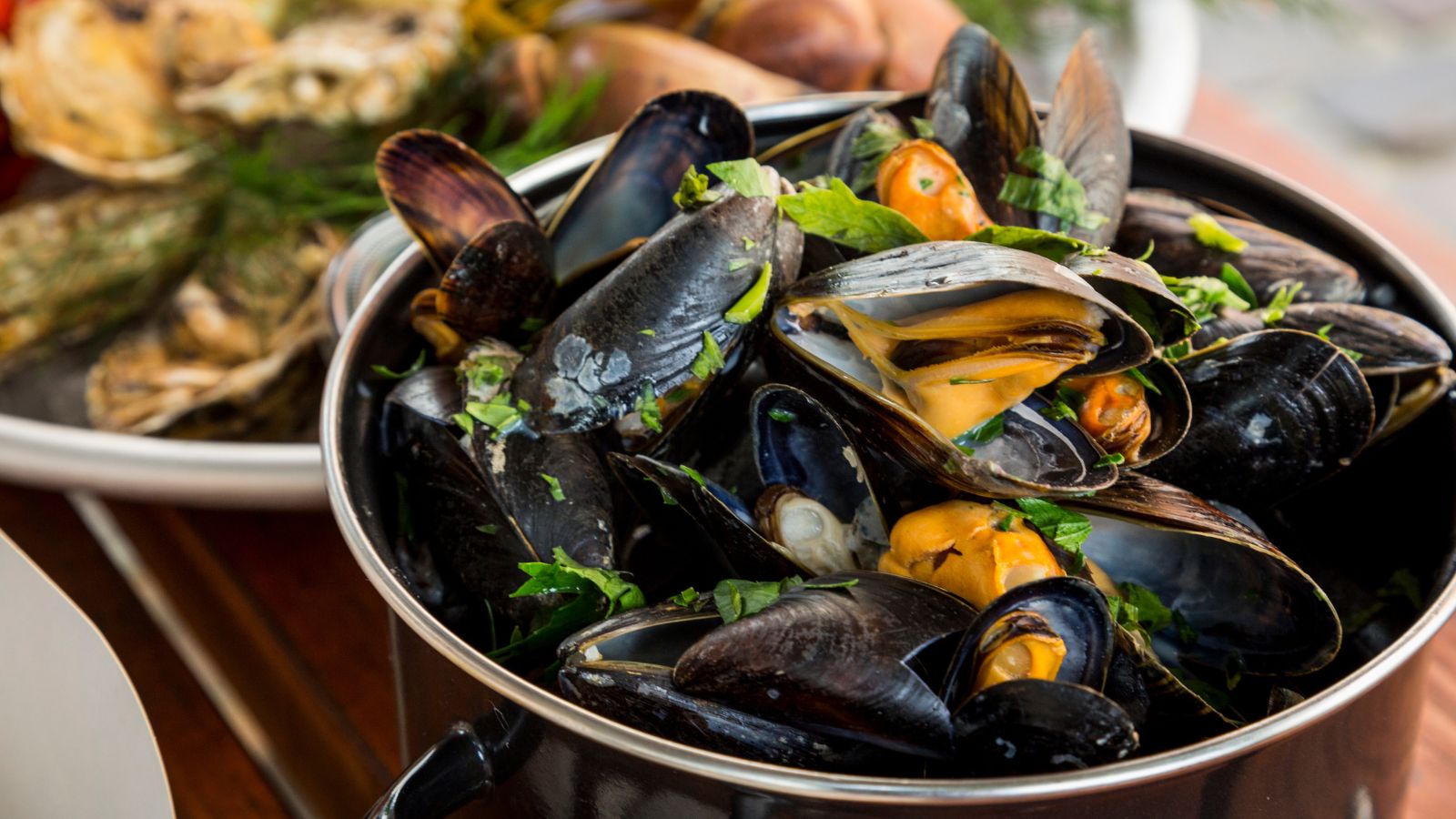
Pea crabs live inside mussels and other bivalves, benefiting from the protection and food provided by their hosts. The crabs feed on plankton filtered by the mussels gills, all while the mussels remain unharmed.
And, although this is a kleptoparasitic relationship, it’s also commensal and beneficial to both species.
Up Next: 20 Seriously Stunning Natural Wonders Across America
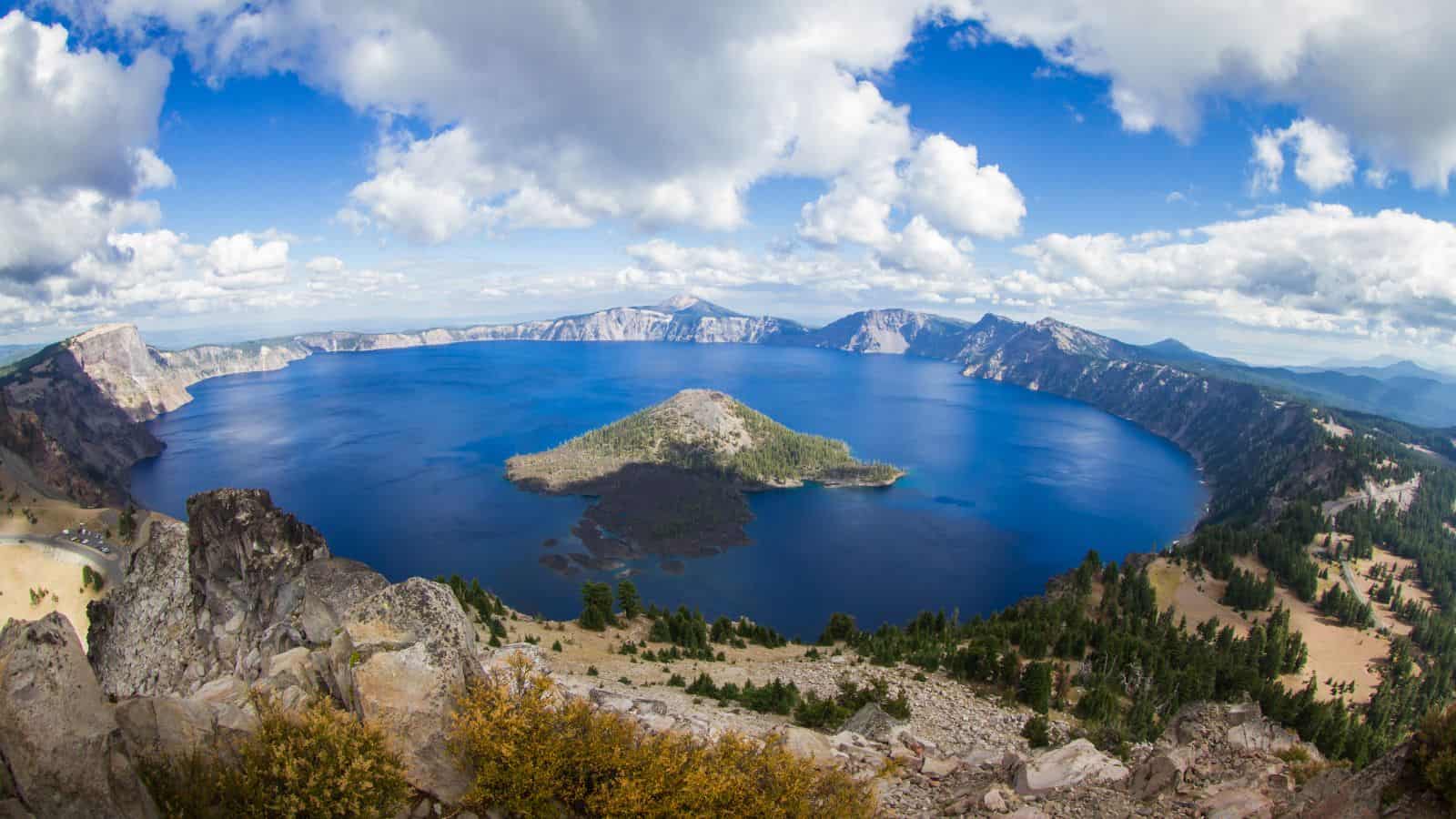
Geological wonders, diverse ecosystems, and impressive waterfalls—the U.S. is home to a huge range of breathtaking landscapes and natural wonders across its many national parks and attractions. Head to these 20 locations for true natural beauty and never-ending adventure opportunities.
20 Seriously Stunning Natural Wonders Across America
17 Places That Undercover Cops Will Always Monitor

While it isn’t always obvious, undercover cops play a crucial role in maintaining public safety. They blend into the background in various locations, carefully observing and acting to prevent crime. In this article, we’ll reveal 17 places where you’re likely to find undercover cops—though you can bet you won’t see them!
17 Places That Undercover Cops Will Always Monitor
17 Things You’re Just Too Old To Be Doing Anymore

The older you get, the more fragile you are physically and mentally, so it’s important to prioritize your well-being every day. Whether you still feel young at 50 or are closer to 80, we’ve compiled 17 things you’re too old to be doing anymore.
